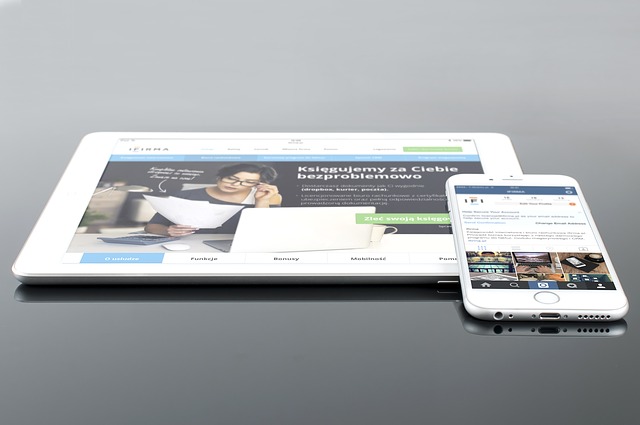Strategies for Making Your Website Perform Better

Whether you’re a small business or a large company, having a well-put together website can really boost business and recognition. When it comes to websites, aesthetics aren’t everything. A website needs to be highly functional in addition to having a style that will draw clients or customers in. A website should be like a good home – warm and welcoming. For a website to truly be successful, it has to be accessible. Here are your most pressing questions answered for how to make your website perform better.
Where do I start?
The first thing you need to do is develop a vision. What kind of website are you trying to build? How do you want your guests to feel when they access the site? Having a strong theme and central focus will allow you to lay the foundation for the rest of your site. A good website has an obvious and consistent flow so that clients are gently guided rather than dropped into an unfamiliar setting to stumble about. Even with just a small amount of HTML and CSS programming knowledge, you can build a solid structure and blueprint for your website. If it’s within your budget, it’s always best to leave it to a seasoned web designer.
How can I make my website more accessible?
Buzzwords, Buzzwords, and more Buzzwords. When a search engine like Google or Bing scours the internet with its web crawlers, they mainly search for articles and websites with specific phrases and keywords that match the user input. Underneath all those complex algorithms is the simple search for any lines of text that might line up with the search engine input.
Should I develop an app? Or just a mobile website?
Smart phones have now become the most common way that people access the internet. There is no escaping the fact that technology is moving in a much more mobile device driven direction. With that being said, there is no getting around the need for both a mobile website and an application. Making your website accessible to mobile devices is a relatively simple task for any web designer. Application design takes a bit more work and effort, but it is completely necessary and worthwhile. Through application globalization and localization, your information and services can be accessed on an even larger scale.
What is application globalization?
Application globalization, in a nutshell, is what makes your application accessible and understandable to users all over the globe – meaning that your application can be accessed and used in multiple languages. Geographically speaking, your application will also need to work in whatever area it’s being utilized. If your application is geographically related, like a website that ranks the best bakeries in an area, it will need to have the geographical knowledge of the user’s surroundings. Fortunately, geographical information science technology has made incredible leaps and bounds in the last decade, and access to databases with up-to-date mapping has become much easier. Attaching geographical data to your app will make it easier for app localization.

What is application localization?
Globalization covers the broad spectrum of access and user-friendliness. Application localization is when your application filters the general information into relevant and specific information for the user. In addition, app localization is what allows the user to access the application in their spoken language, make purchases in their currency, and order deliveries to their home or business. This stage of application development is the most important: it’s where the bulk of user customization will happen. Not only is this where language, culture, and currency appropriation will occur, but it’s also where application coding language takes place. Your app needs to be accessible on all the major platforms. This means your app will need to be written in Swift – the common language for Apple devices – and Java or C++ for Android devices. Applications that cross platforms are going to reach a much larger audience of users with less technical errors.
How will I know when my website is finished?
The beauty of websites is that they are never finished. As technology and your business changes, so must your website. Websites are easy to change and update, even after launch. If you use third party domain registry and databases like godaddy.com, you can always change your website to fit your needs. A website is ready for launch when it has been thoroughly debugged and fits the vision and functionality of designers or your web design services.
At the end of the day, building a website is all about what feels right and works for you and your users. Don’t be afraid to take risks and make changes when needed.

